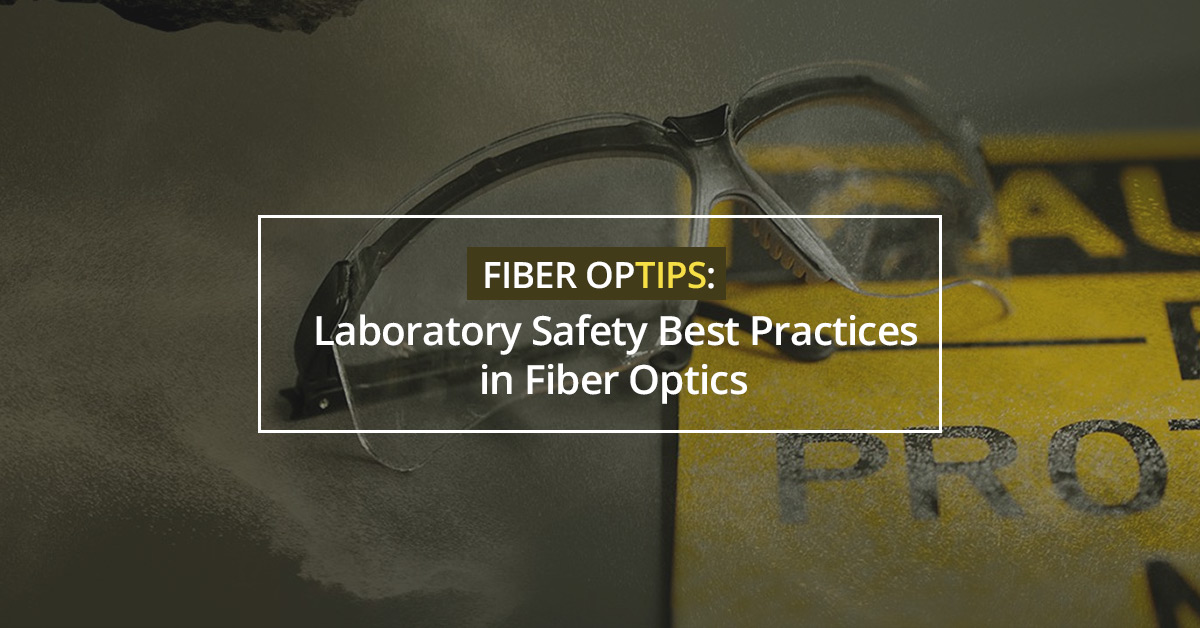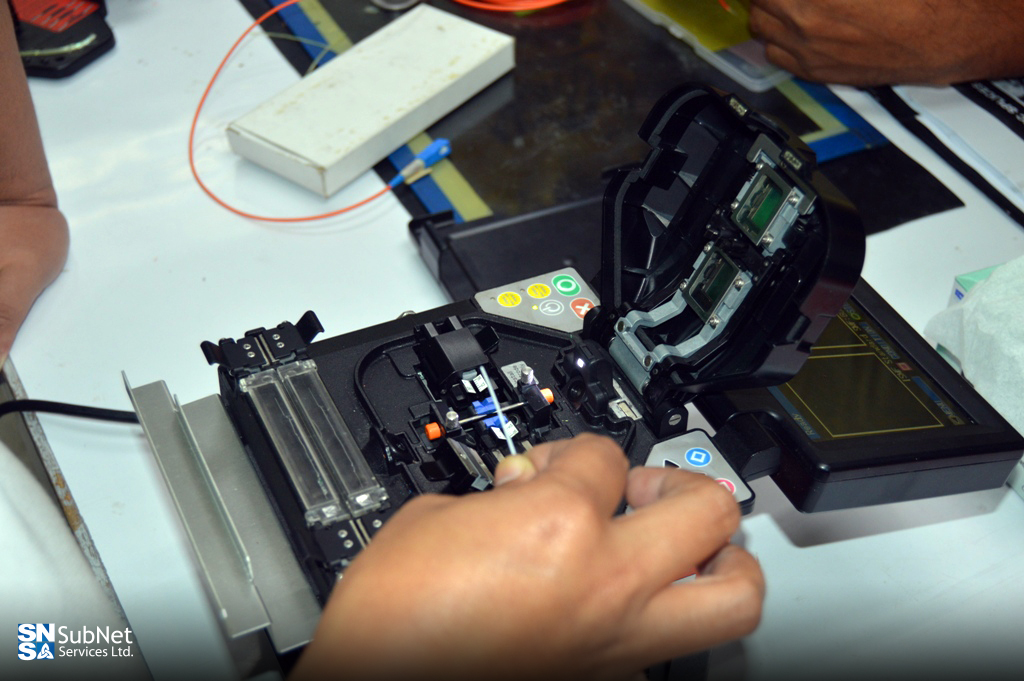
There are basically two tips on how you will be able to grow your business with fiber optics: (1) train your employees in fiber optics, especially if your business is involved in field per se, and (2) apply fiber optics in your communication systems. Let’s talk about the need for the latter in this week’s blog entry.

Last month, we already blogged about the do’s and don’ts in fiber optic cable handling and shared with you the fiber optics safety rules poster made by no less than the Fiber Optic Association (FOA). This time, we have collaborated with our own training instructors and decided to share with you more safety best practices recommended by the FOA itself while working with fiber optics in the laboratory.

In this month’s series of Fiber Op-Tips, we’ll be discussing deeper technical and safety aspects of fiber optics cable management. Let’s start it off with today’s article on Do’s and Don’ts in fiber optics handling. We have recently discussed the basic fiber optics terminologies which anyone interested in this field should remember. Among these terminologies are the fiber optic cable elements. Let’s have a review of what these terms mean.

SubNet Services, being the only Fiber Optic Association (FOA) approved school in Metro Manila, has been offering internationally certificated training courses in fiber optics for company personnel and individuals alike. Through the years, SubNet has produced students who became successful fiber optic technicians after taking their trainings. Interested to be one of them?

Not quite sure if you could find the right job in fiber optics? Or if you could even find a job in this field? And in case you do, how could you be sure that you are the perfect fit for the position? SubNet Services lists some practical tips in finding the right job, as well as in being the right person for the job.